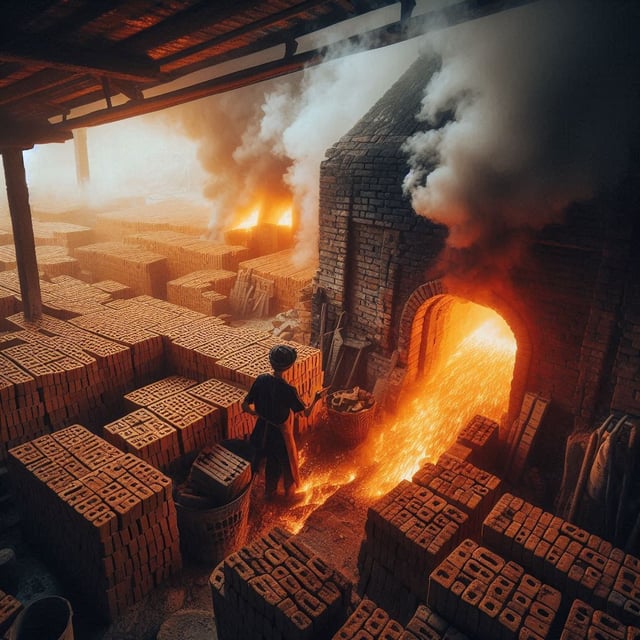The Rise and Fall of the Royal Family in Nepal

There were only a handful of monarchies in the 21st century, and one of them was the Himalayan kingdom of Nepal. Strangely, the surname of the Nepali monarchy resembled that of the Shah of Iran, which created curiosity about its history and origin.
The Shahs of Nepal claimed their origins from the Sisaudiya Rajputs of Chittaude, India, and later fled to Nepal due to Muslim invaders.
Some scholars trace the Shah's origin to Jain, who adopted the Turkish title Khan to denote himself as a chief or leader. Another ruler named Bhupal established a kingdom in Bhirkot, present-day Syangja district. Most of the kingdoms are present-day districts in Nepal.
A Bhirkot royalty, Kulmandana Khan, took over Kaski and received the title Shah (a Persian term) from the Emperor of Delhi, India. His son, Yashobarmba, became the king of Lamjung. Yashobrahma’s son, Dravya Shah, took over the Gorkha region, from which the famous Gurkhas emerged.
Dravya’s descendant, Prithvi Narayan Shah, the king of Gorkha, defeated various kingdoms and formed an empire, the expansionist policy was continued by his descendants.
Prithvi Narayan Shah’s grandson, Rana Bahadur Shah, made his younger son, Girvan Yuddha the king, damaging the culture of Male Primogeniture. After this precedent, ambitious queens tried to make their sons kings, which erupted in palace conflicts, transferring power to the hands of Ranas.
The Ranas allied themselves with the British, and when colonialism ended in India, so did the Ranas in Nepal. After a brief experiment with democracy, the Shah kings usurped the power.
Nepal after ending Rana rule depended on foreign assistance for infrastructural development. The Communist countries' aid assistance shaped communism in a positive light and strengthened communist parties in Nepal, which would later lead to the downfall of the Shah monarchy.
During the royal era of Nepal, there were minor skirmishes; the Chhintang massacre, which demanded democracy, and the communist-led Jhapa Revolt, but both did not threaten the monarchy.
After the People’s Movement in 1990, democracy was reinstated, but the immature democratically elected government tried to suppress the far leftist group in Thabang, causing the displacement of 6,000 people, and 130 people were arrested without warrants, triggering Nepal’s civil war.
The conflict between the Democratic Parties and the Communist Movement took a tidal shift on June 1, 2001, after the royal massacre. The High-Level Committee Report declared that Crown Prince Dirpendra had conducted regicide and killed other members of the royal family. At the time, the dying Crown Prince was declared the king, further damaging the image of the royal family.
The death of Dipendra made the situation worse, as the crown was passed to Prince Gyanendra. The populace became suspicious of him, since miraculously his immediate relatives, namely his son, daughter, and wife, survived the royal massacre.
Prince Paras Shah, the son of newly appointed King Gyanendra, had been a notorious figure, especially due to the road accidents associated with him. A large number of people refused to accept the report of The High-Level Committee.
Monarchists have attempted to shift the blame to external actors and project the innocence of both Gyanendra and Dipendra. Such a hypothesis implied that the rulers of Nepal were at the mercy of foreign powers, which determined when a king would die and what the next king would say. Monarchists rejected such a scenario as well, making all possible scenarios controversial.
Due to the declining royal image, the Maoists started demanding a republican form of government, whereas originally when Maoists started the civil war, they only demanded abolishing all special privileges of the king and the royal family in their initial 40-point demands.
On February 1, 2005, King Gyanendra declared a state of emergency, arresting members of parliament and isolating himself from democratic forces. India ceased supplying weapons, and China started supplying weapons to Nepal. King Gyanendra also banned the Tibetan Refugee Welfare Office and lobbied for China’s full membership in SAARC, which further isolated him from India and Western countries.
As a result, democratic forces and the Maoists eventually reached an agreement, leading to the initiation of political parties and mass protests in Nepal.
In April 2006, the former Crown Prince of Kashmir, a relative of King Gyanendra, and a Member of the Indian Parliament, Karan Singh, came to Nepal as a Special Envoy. King Gyanendra no longer had the support of his relatives belonging to various Indian royal families and had to bow down to the democratic alliance.
Gyanendra and Paras were so unpopular that the commander-in-chief of the Nepali army, in an attempt to save the monarchy, proposed that the grandson of Gyanendra be appointed as the new king. However, the King refused, and the army then avoided further involvement in politics.
On May 28, 2008, the Constituent Assembly declared Nepal as the Federal Democratic Republic, abolishing monarchy. Gyanendra made a press statement and handed over the crown and scepter to the Government of Nepal for safekeeping, hoping to keep getting cooperation from the Government of Nepal in the future. Monarchists still believe that this is not the fall of the Shah dynasty.
Will Nepal ever return to being a Monarchy? Interesting subject to explore.
Author
Kripendra Amatya, Researcher, Nepa~laya Productions
Editor
Dana Moyal Kolevzon, Director of International Relations, Nepa~laya Productions
Published Date
January 1, 1970



